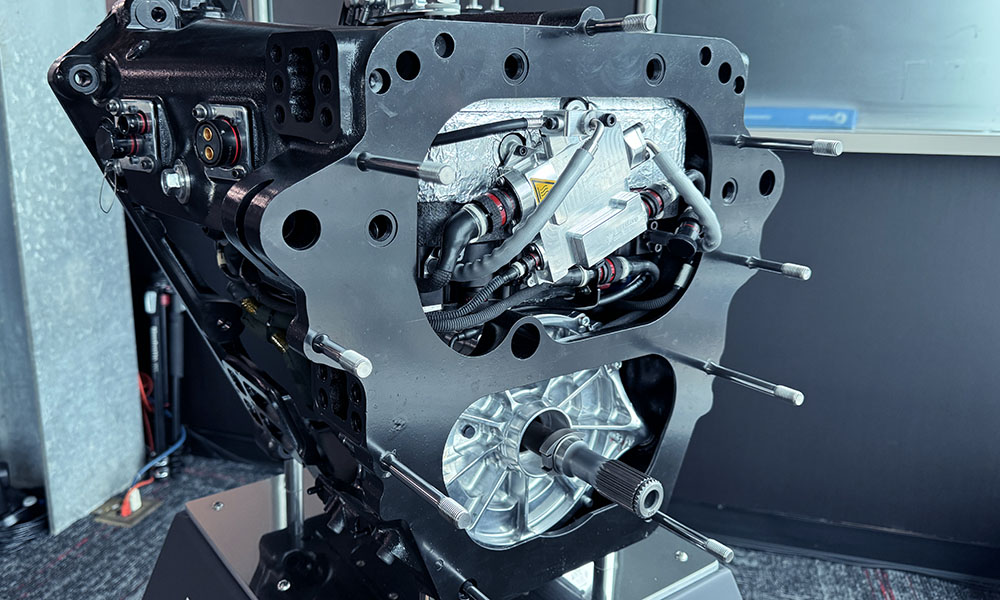After delivering a nearly flawless introduction of its Chevy- and Honda-built energy recovery systems (ERS) last weekend at Mid-Ohio, the next big test for the NTT IndyCar Series’ hybrid powertrains happens this weekend at Iowa Speedway where another first—hybrid open-wheel cars on an oval—will take place.
The challenge posed to the ERS units will come from the unrelenting heat each of the 27 hybrids will face as most of the 250-lap nighttime race will start with ambient temperature close to 90F and taper off to the low 80s by the checkered flag. While the high midwestern heat and humidity are a significant factor, the compact track with short straights and near-constant action around the circuit means most drivers will be unable to run in clean air for long stretches to cool the ERS.
Friday’s 90-minute practice session, run in the mid-80s, provided encouraging results for heat management with the ERS units, but few drivers were able to complete full-stint distances to push the systems to their limits. According to three team managers or technical directors who spoke with RACER ahead of Saturday’s first race of the Hy-Vee Doubleheaders, confidence is high with the ERS package and its ability to function in significant heat Saturday night. The temperatures will rise again on Sunday when most of the 250-lap second race is expected to be held at over 90F, which will pose another test to the impressive reliability delivered by the units at their first outing.
[lawrence-auto-related count=3 category=1408]
Where there’s a positive outlook on how the ERS units will fare in green racing conditions, the team leaders were also hopeful for the races to be completed without red flags. With air moving through the ERS unit’s radiator, the system should be OK, but there’s a fear of what might happen if the race is stopped and the cars are forced to sit on pit lane for a long period where heat soak could have a negative effect on the ERS.
Teams are allowed to place electric air blowers into the right sidepod to assist in cooling the radiator, but depending on the length of a red flag in high heat, ERS temperatures could become an item to actively monitor.
Of the key learnings by the series after Mid-Ohio, one technical revision was mandated for Iowa within the spec bellhousing that carries the ERS units. Some teams reported that at the back of the bellhousings, where the DC-DC converter is mounted, its coolant bleed line and its electrical looms were coming in contact with the bellhousing and chafing, which led to the series requiring new shielding to be placed over the line and looms.
Stalling was another issue that arose for some drivers—more than usual—at Mid-Ohio. Among those who’ve spoken to RACER about the matter, the majority pointed to a need to gain more familiarity with the different feel to the clutch release with the ERS’s motor generator unit spinning on the same input shaft.
Many drivers were seen leaving their pit boxes on Friday with more revs applied from the engine and a less aggressive release of the hand-clutch lever—almost a two-stage exit—to ensure they didn’t stall the engine.
